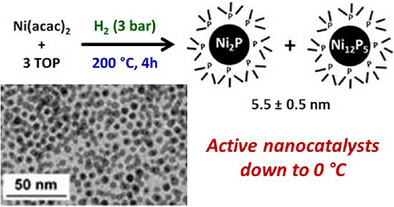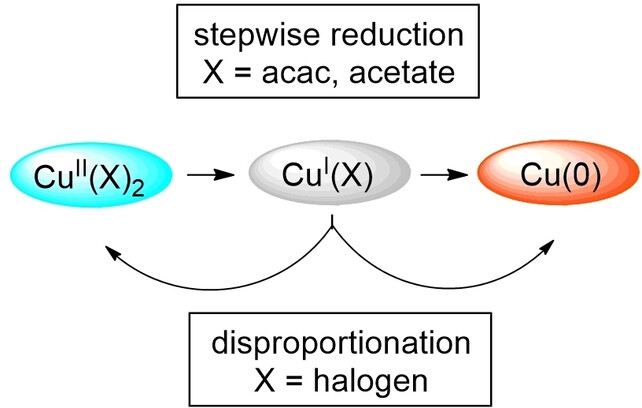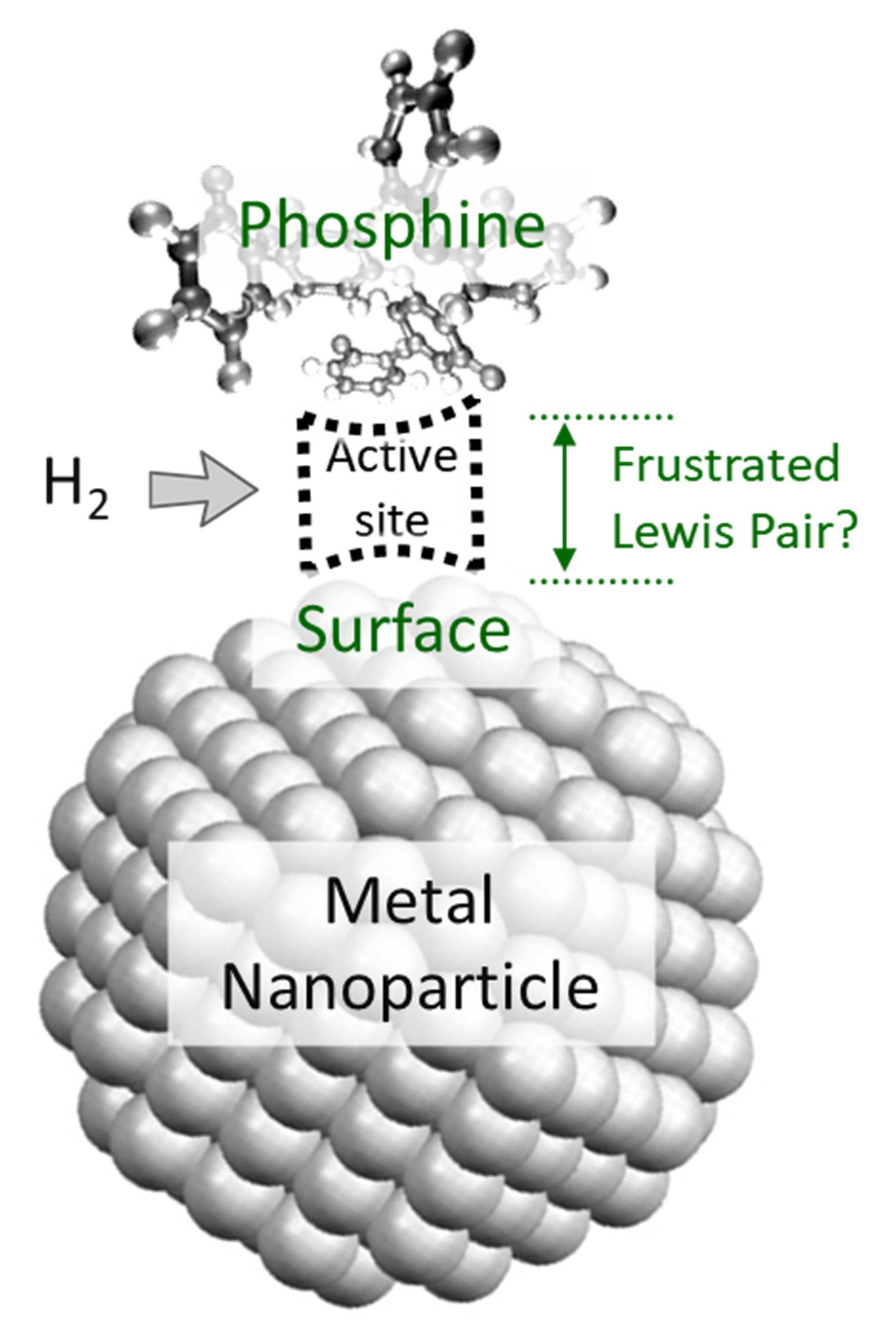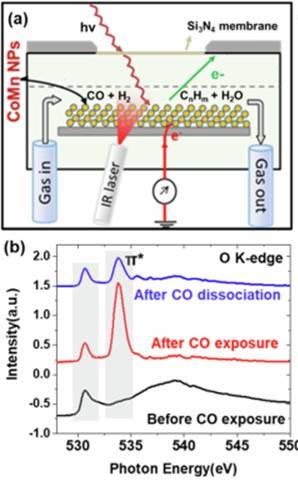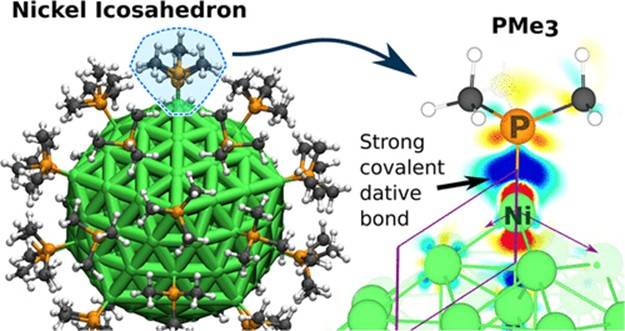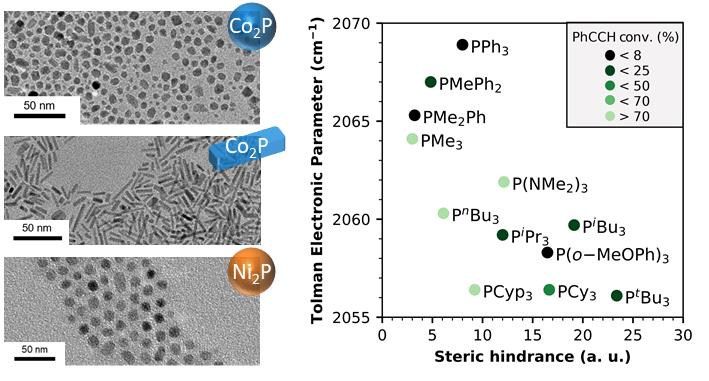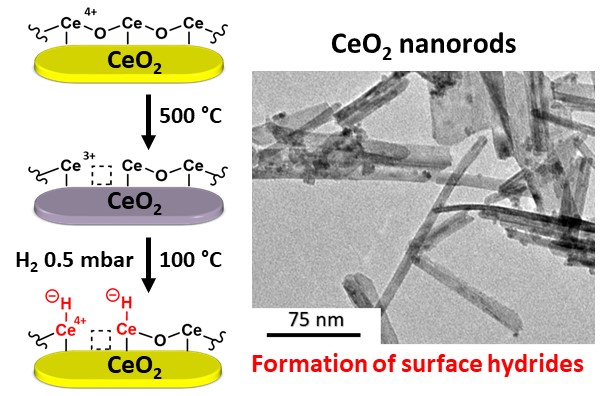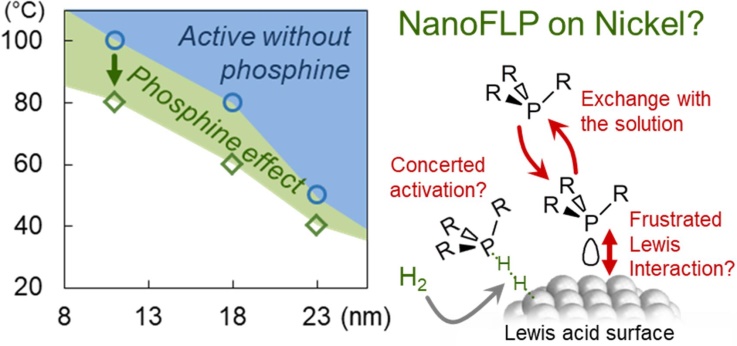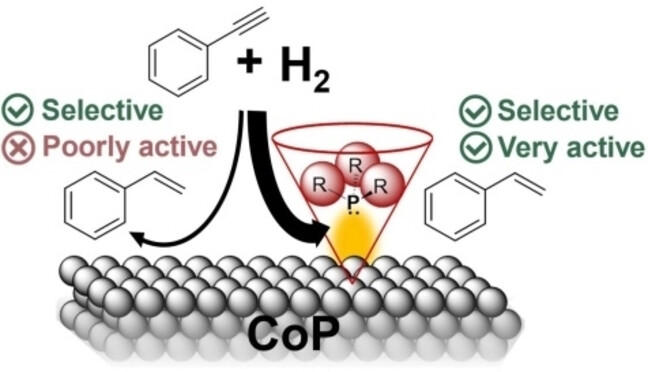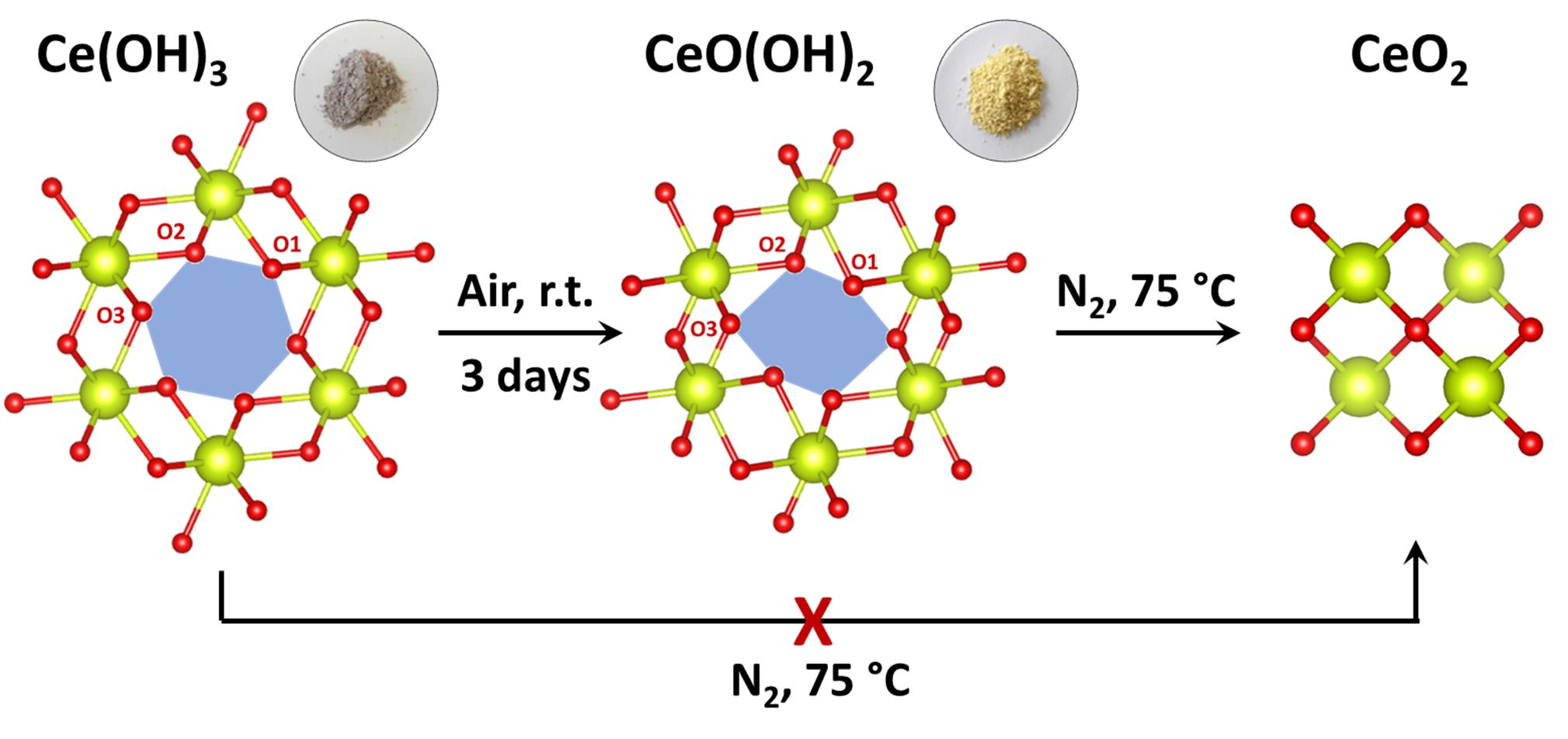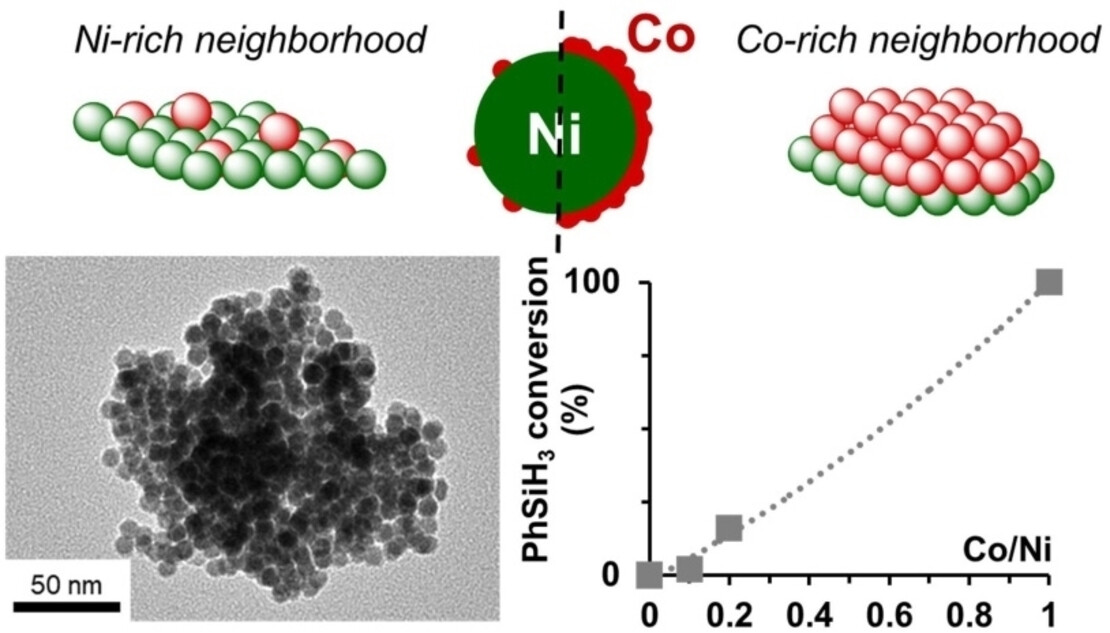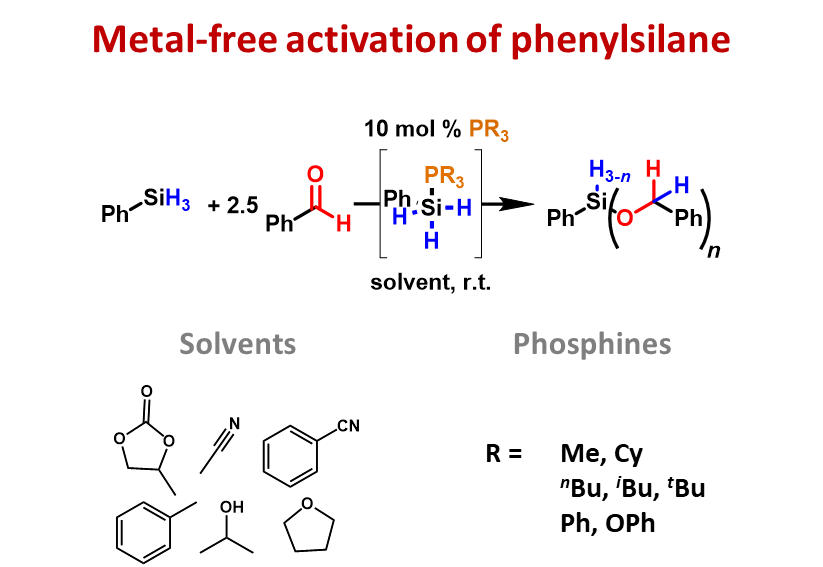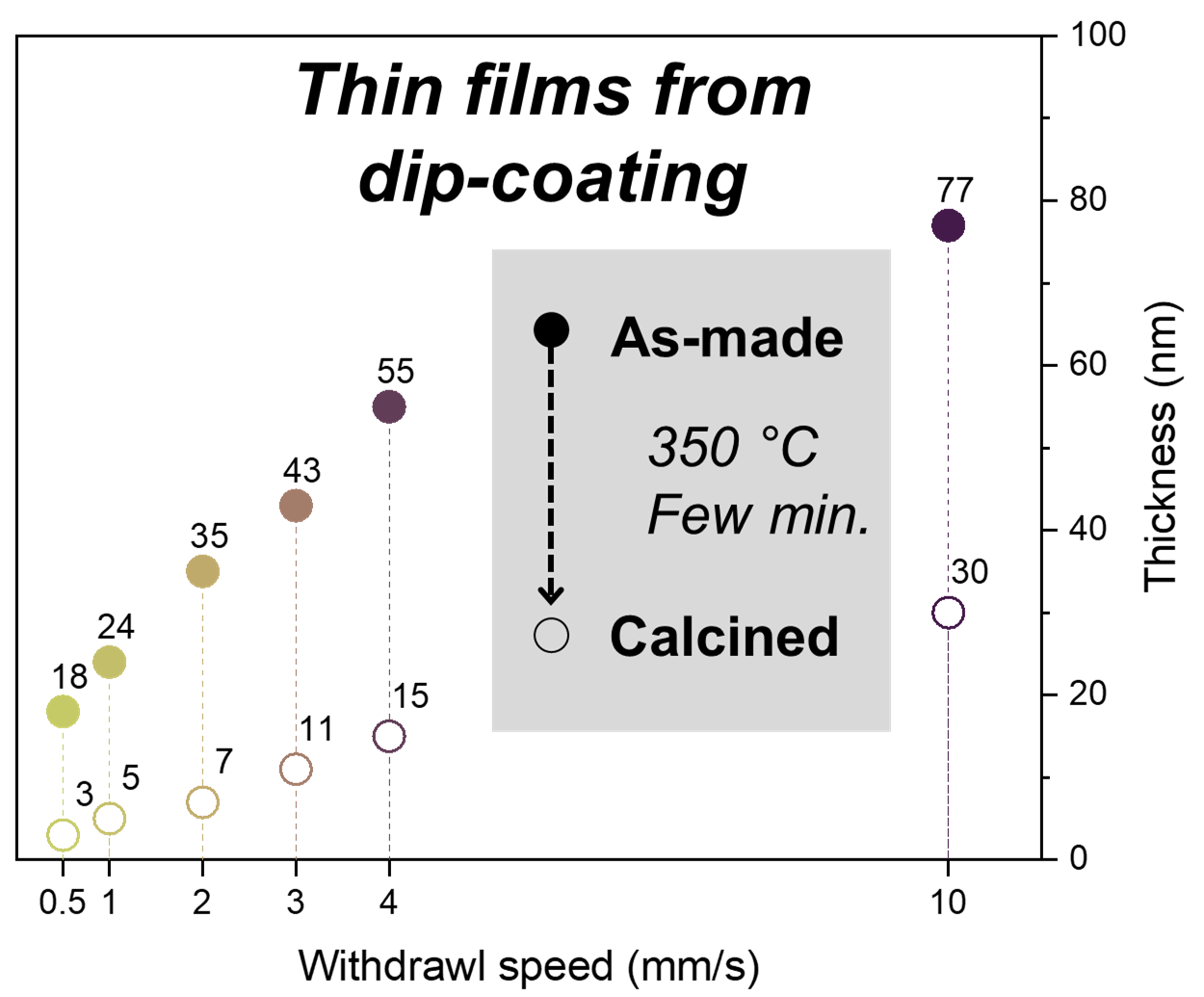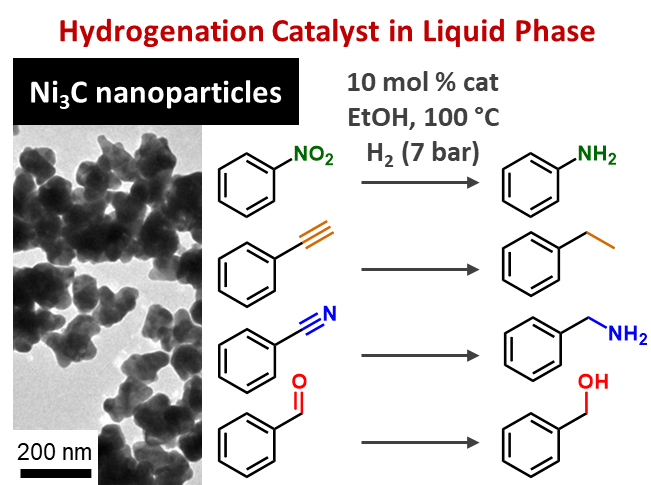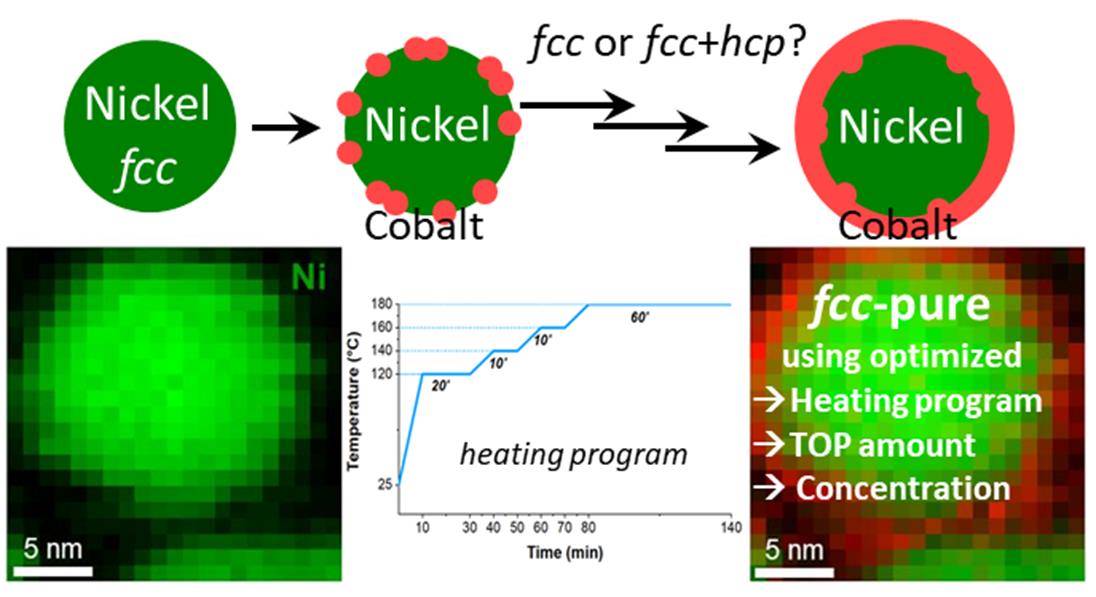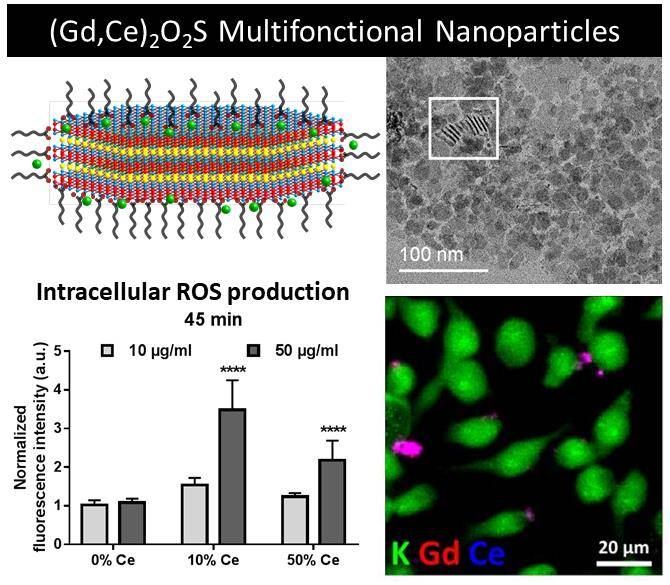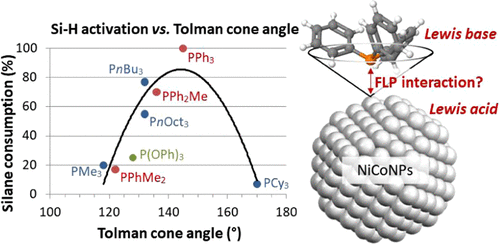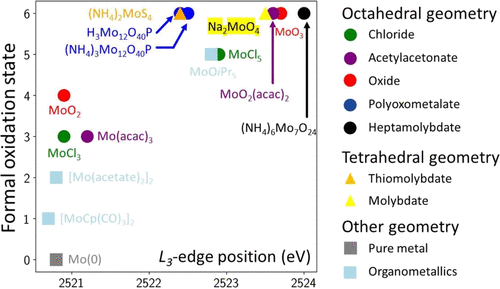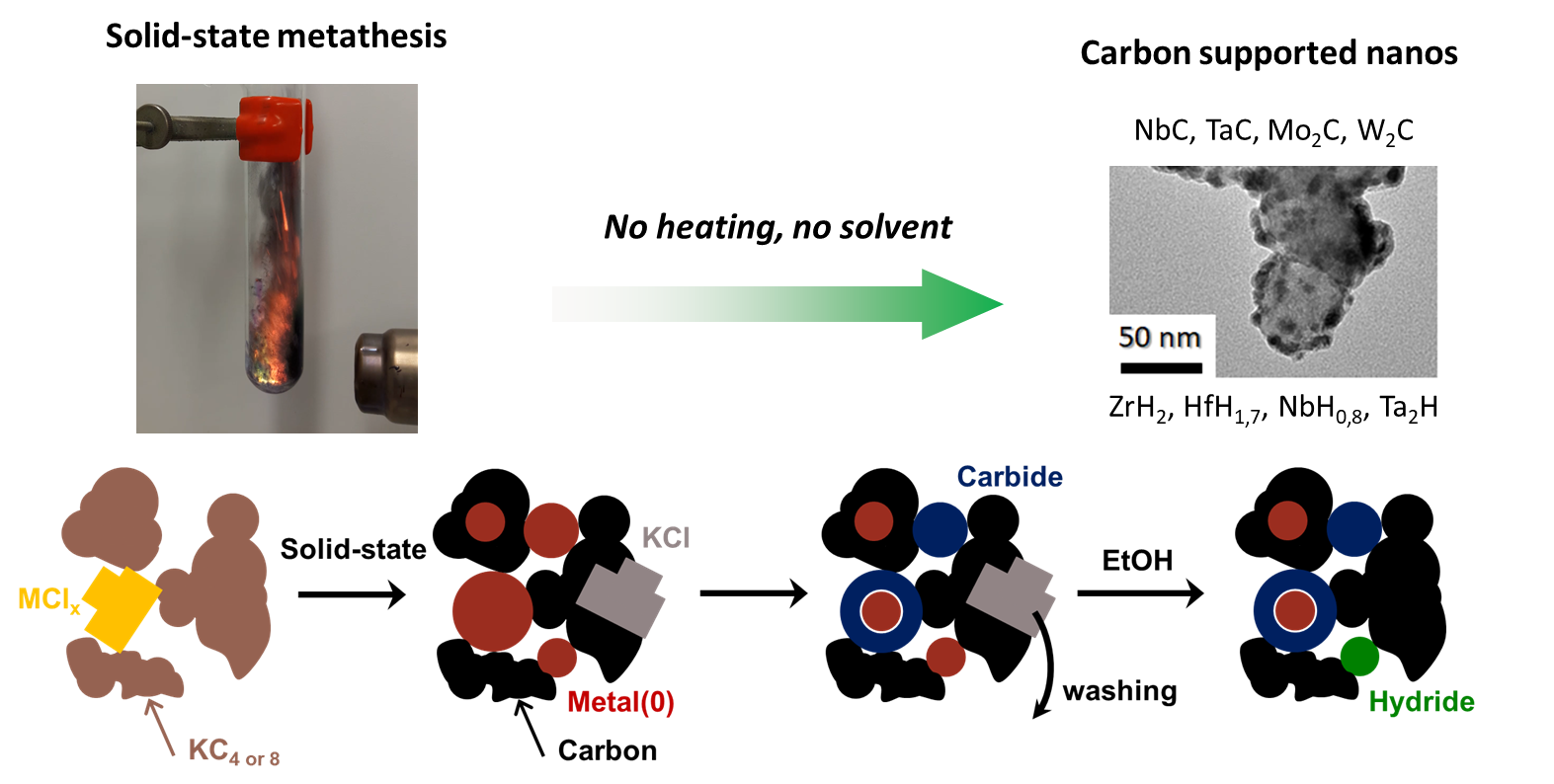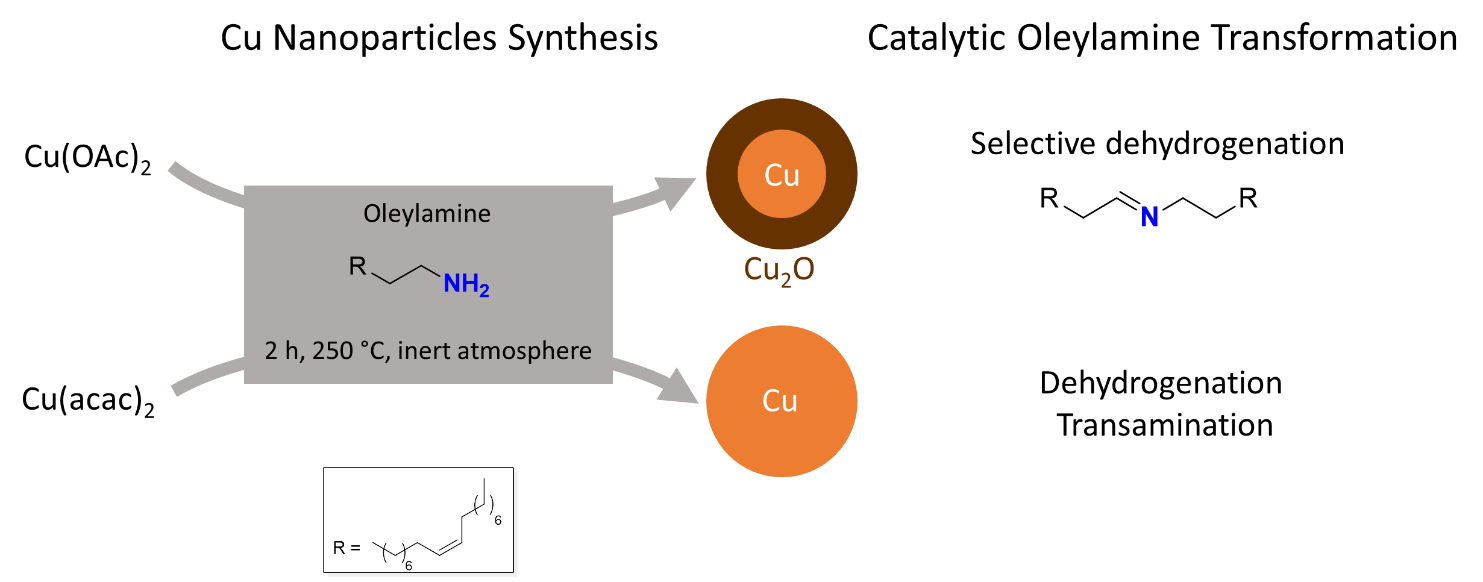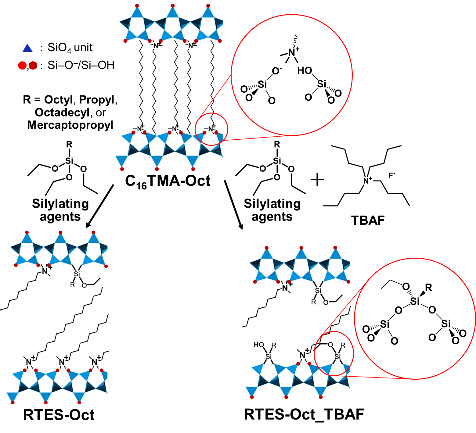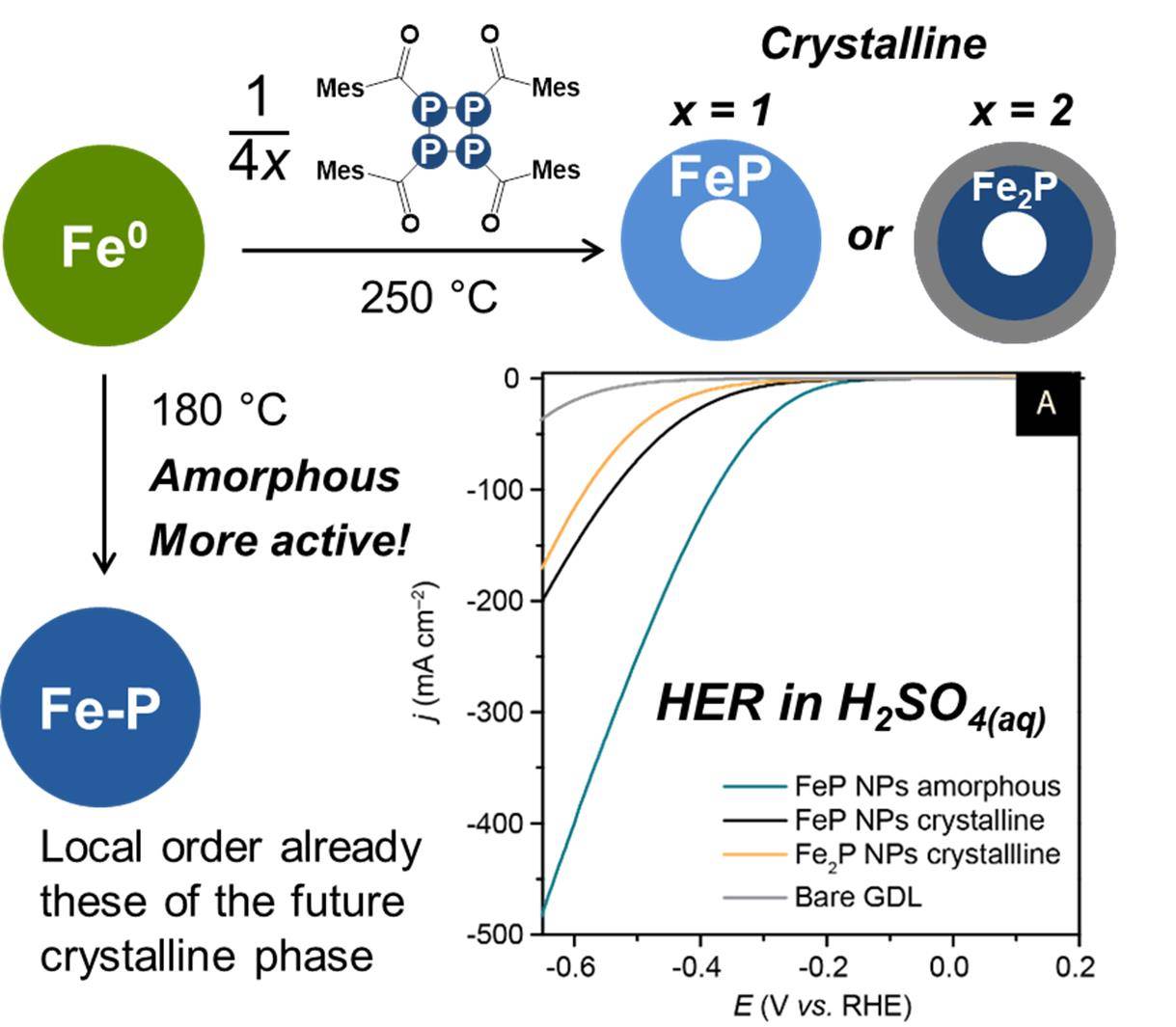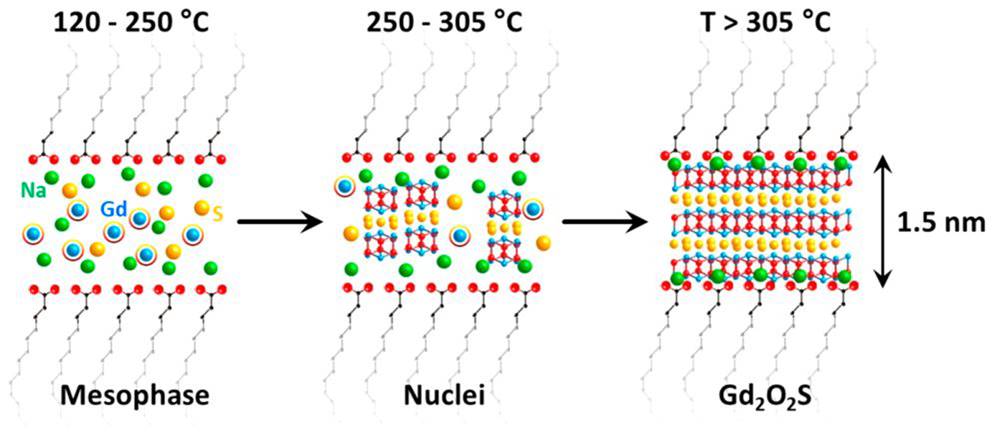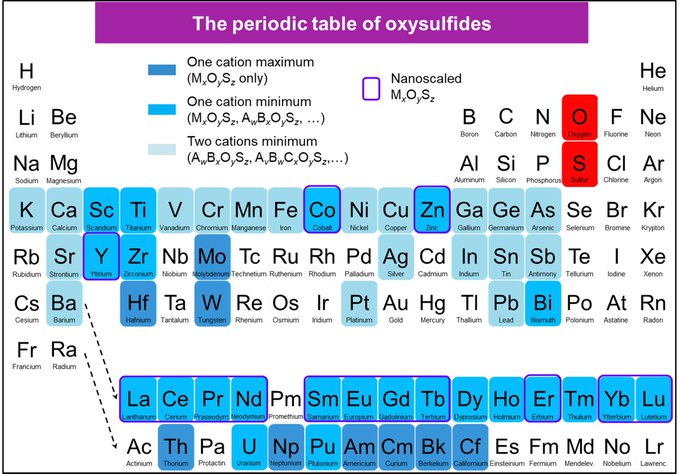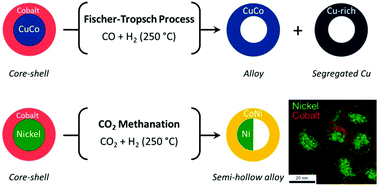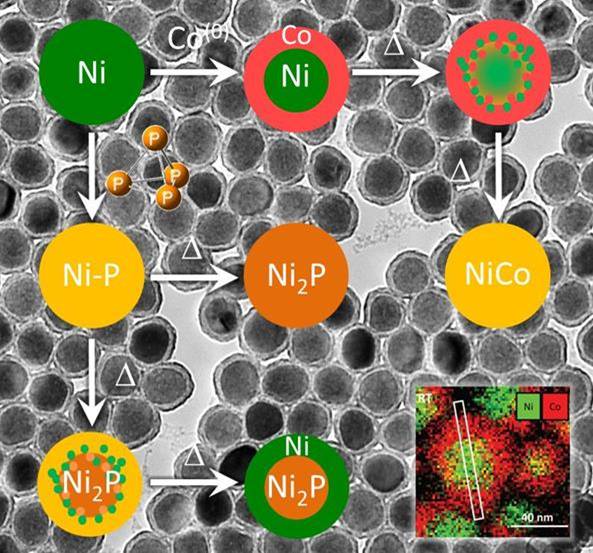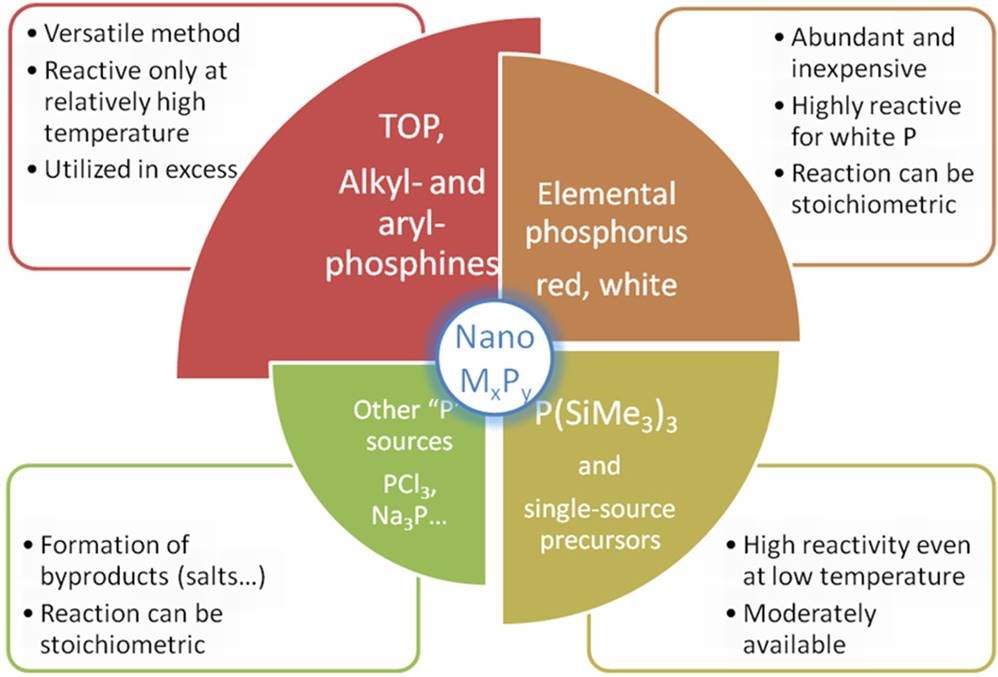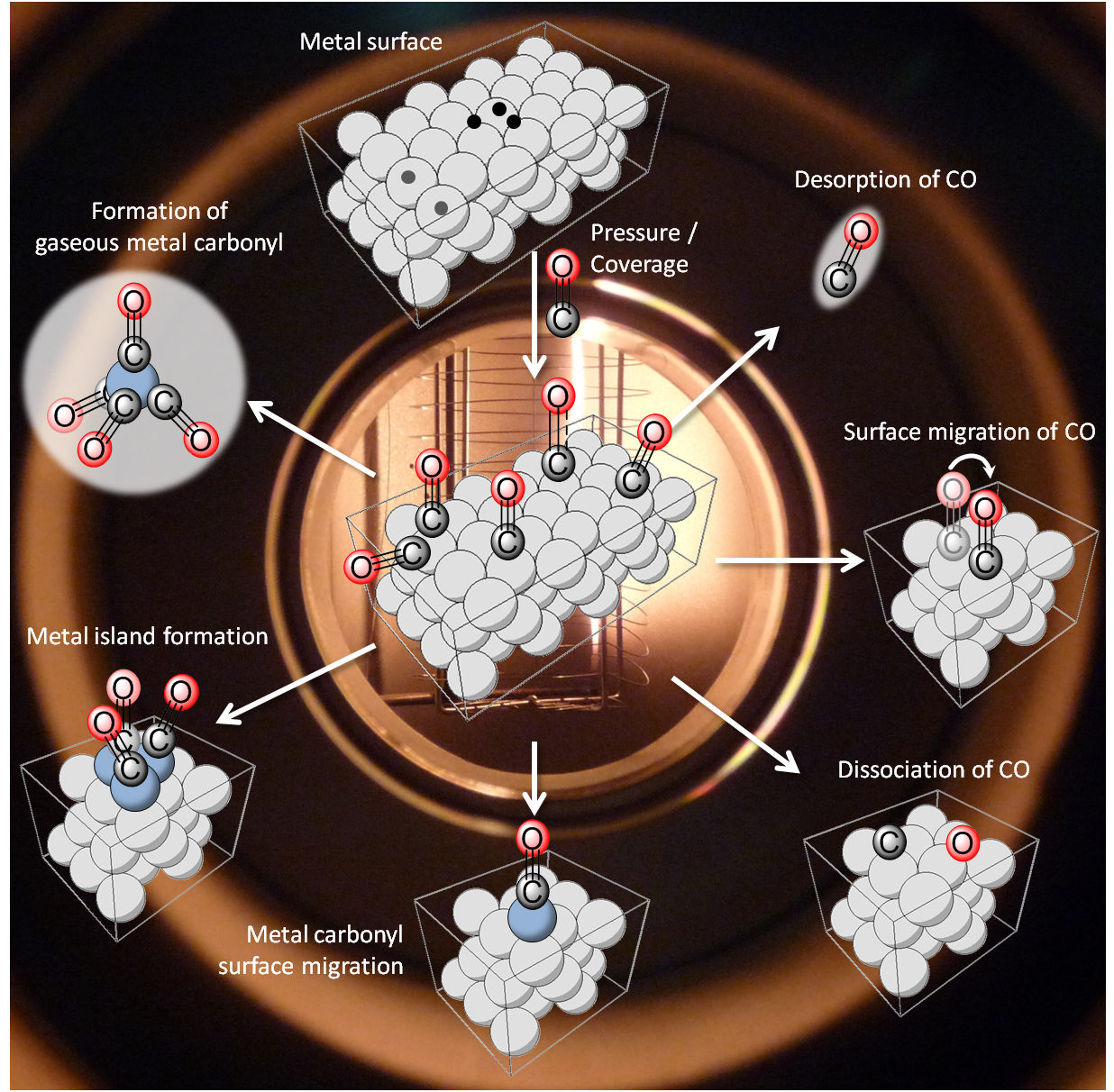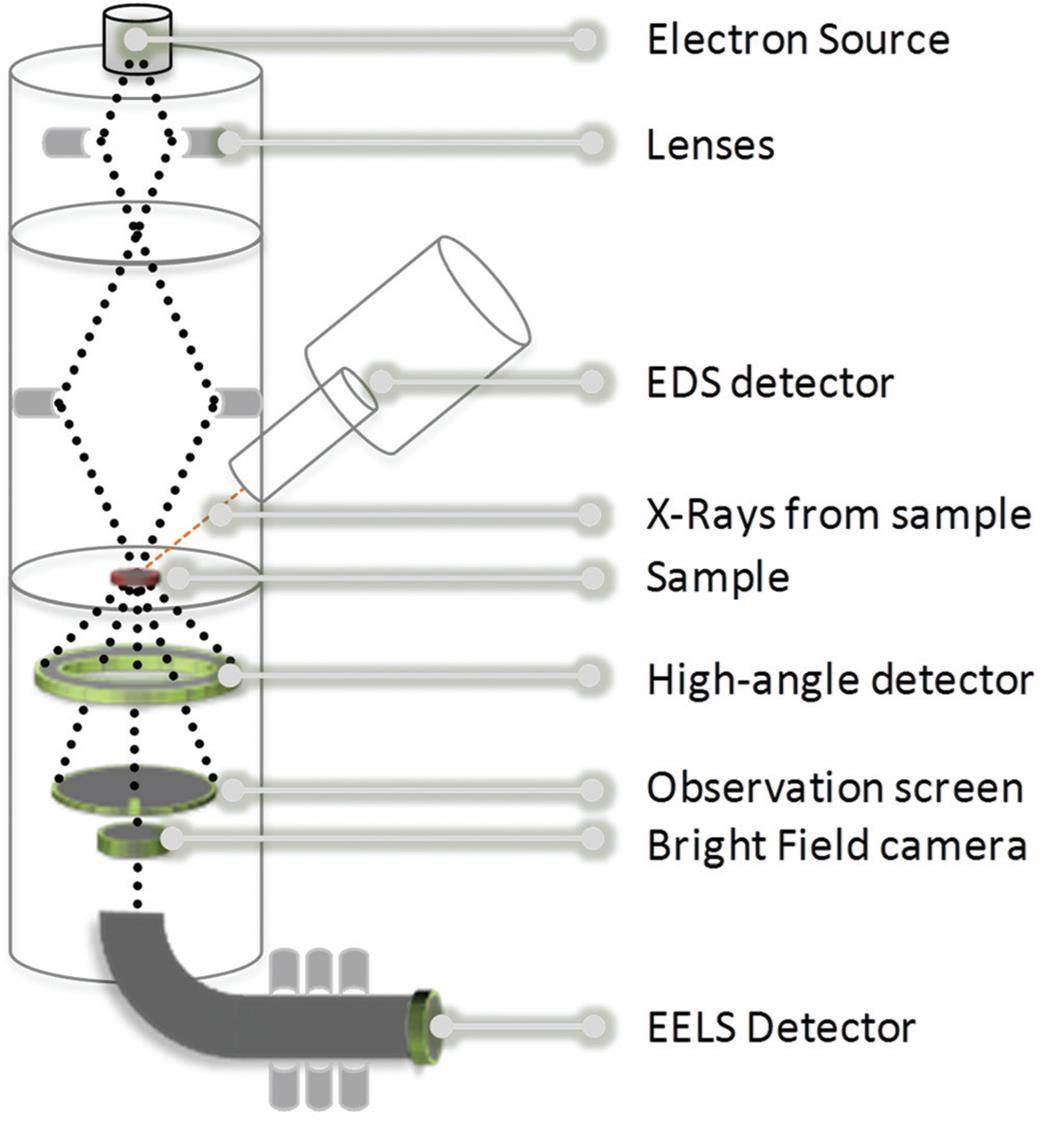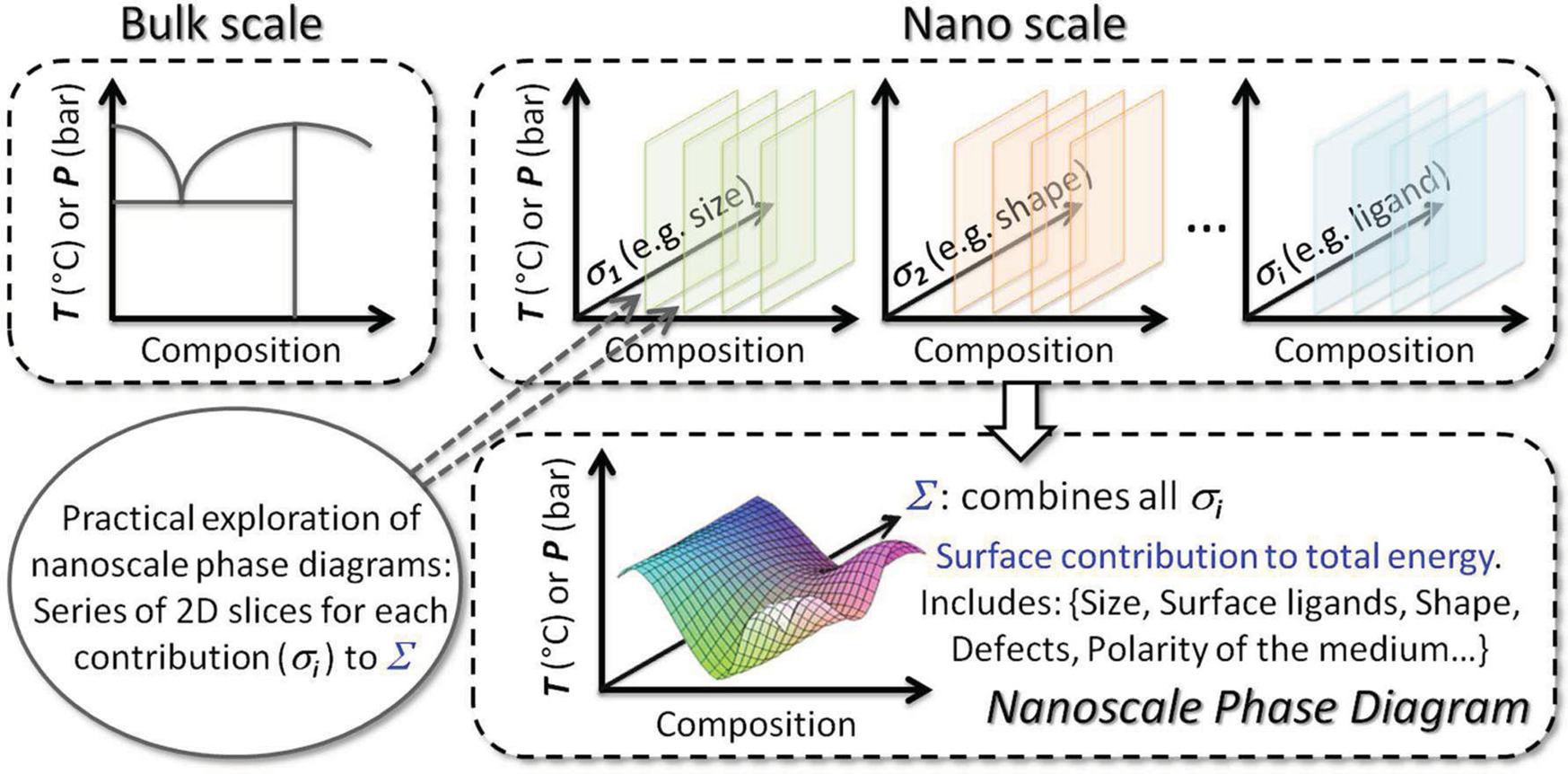Publications
| 2025 (2) | |||
| 2024 (7) | 2023 (5) | 2022 (3) | 2021 (5) |
| 2020 (3) | 2019 (12) | 2018 (5) | 2017 (3) |
| 2016 (4) | 2015 (2) | 2014 (4) | 2013 (7) |
| 2012 (7) | 2011 (1) | 2010 (2) | 2008 (1) |
| Please select a year above to display the corresponding publications. |
Recent Papers
H2-Assisted Synthesis of Nickel Phosphide Nanocatalysts for the Hydrogenation of Phenylacetylene at Low Temperature
K. Bakkouche, O. Darouiche, S. Carenco, ChemCatChem 2025, DOI 10.1002/cctc.202500323 |
Two-Step Reduction Pathway of Copper(II) by Oleylamine for the Nucleation of Cu(0) Nanoparticles: A Joint Modelling and Experimental Study
M. Guillaumont, S. Halbert, A. P. Freitas, V. Briois, S. Carenco, H. Gérard, ChemPhysChem 2025, DOI 10.1002/cphc.202401027 |
Frustrated Lewis pairs on nanoparticles for colloidal catalysis: dream or reality?
S. Carenco, Comptes Rendus. Chim. 2024, 27, 395–403. |
The role of manganese in CoMnOx catalysts for selective long-chain hydrocarbon production via Fischer-Tropsch synthesis
H. Chen, Z. Lian, X. Zhao, J. Wan, P. F. Pieters, J. Oliver-Meseguer, J. Yang, E. Pach, S. Carenco, L. Treps, N. Liakakos, Y. Shan, V. Altoe, E. Wong, Z. Zhuo, F. Yang, J. Su, J. Guo, M. Blum, S. H. Lapidus, A. Hunt, I. Waluyo, H. Ogasawara, H. Zheng, P. Yang, A. T. Bell, N. López, M. Salmeron, Nat. Commun. 2024, 15, 10294 |
Structure Sensitivity, Magnetization, and Topological Analysis in DFT Models of Ni Nanoparticles and Surfaces Functionalized by Adsorbed Trimethylphosphine
S. Godoy-Gutierrez, A. Ropp, K. Azouzi, J. Pilmé, S. Carenco, D. Loffreda, J. Phys. Chem. C 2024, 128, 16501–16513. |
A Robust Synthesis of Co2P and Ni2P Nanocatalysts from Hexaethylaminophosphine and Phosphine-Enhanced Phenylacetylene Hydrogenation
A. Ropp , S. Carenco, Inorg. Chem. 2024, DOI 10.1021/acs.inorgchem.4c02743 |
Operando Monitoring of Homolytic Cleavage of H2 into Surface Hydrides on Defective Cerium Dioxide Nanoparticles
R. F. André, J.-J. Gallet, F. Bournel, S. Carenco, ChemCatChem 2024, DOI 10.1002/cctc.202400163. |
Phosphines on Colloidal Nickel Nanocatalysts to Lower the Onset Temperature of Terminal Alkynes Hydrogenation
K. Azouzi, A. Ropp, S. Carenco, ACS Catalysis 2024, DOI 10.1021/acscatal.4c00054. |
Phosphine-Enhanced Semi-Hydrogenation of Phenylacetylene by Cobalt Phosphide Nano-Urchins
A. Ropp, R. F. André, S. Carenco, ChemPlusChem 2023, DOI 10.1002/cplu.202300469. |
From Ce(OH)3 to Nanoscaled CeO2: Identification and Crystal Structure of a Cerium Oxyhydroxide Intermediate Phase
R. F. André, G. Rousse, C. Sassoye, M. Avdeev, B. Lassalle-Kaiser, B. Baptiste and S. Carenco, Chem. Mater. 2023, DOI 10.1021/acs.chemmater.3c00486. |
Influence of the Cobalt Active Site Neighbors in NiCo Nanocatalysts for Phosphine-Assisted Silane Activation
A. Ropp, S. Carenco, ChemCatChem 2023, DOI 10.1002/cctc.202300400. |
Phosphine-Catalyzed Activation of Phenylsilane for Benzaldehyde Reduction
R. F. André, A. Palazzolo, C. Poucin, F. Ribot, S. Carenco, ChemPlusChem 2023, doi 10.1002/cplu.202300038 |
Optical-Quality Thin Films with Tunable Thickness from Stable Colloidal Suspensions of Lanthanide Oxysulfide Nanoplates
L. Meyniel, C. Boissière, N. Krins, S. Carenco, Langmuir 2023, 39, 728-738, doi 10.1021/acs.langmuir.2c02026 |
Nickel Carbide (Ni3C) Nanoparticles for Catalytic Hydrogenation of Model Compounds in Solvent
R. F. André, L. Meyniel, S. Carenco, Cat. Sci. Tech. 2022, doi 10.1039/D2CY00894G |
The Delicate Balance of Phase Speciation in Bimetallic Nickel Cobalt Nanoparticles
A. Palazzolo, C. Poucin, A. P. Freitas, A. Ropp, C. Bouillet, O. Ersen, S. Carenco, Nanoscale 2022, doi 10.1039/D2NR00917J. |
Risk Analysis and Technology Assessment of Emerging (Gd,Ce)2O2S Multifunctional Nanoparticles: An Attempt for Early Safer-by-Design Approach
A.-M. Nguyen, A. E. Pradas del Real, O. Durupthy, S. Lanone, C. Chanéac, S. Carenco, Nanomaterials 2022, 12, 422. |
Phosphines Modulating the Catalytic Silane Activation on Nickel-Cobalt Nanoparticles, Tentatively Attributed to Frustrated Lewis Pairs in a Colloidal Solution
A. Palazzolo, S. Carenco. Chem. Mater. 2021, acs.chemmater.1c03105. |
Guidelines for the Molybdenum Oxidation State and Geometry from X-ray Absorption Spectroscopy at the Mo L2,3 -Edges
A.P. Freitas, R. F. André, C. Poucin, T. K.-C. Le, J. Imbao, B. Lassalle-Kaiser, S. Carenco. Guidelines for the Molybdenum Oxidation State and Geometry from X-Ray Absorption Spectroscopy at the Mo L2,3-Edges. J. Phys. Chem. C 2021, 10.1021/acs.jpcc.1c01875. |
Early Transition Metal Nano-carbides and Nano-hydrides from Solid-State Metathesis initiated at Room Temperature
R. F. André, F. D'Accriscio, A. P. Freitas, G. Crochet, C. Bouillet, M. Bahri, O. Ersen, C. Sanchez, S. Carenco, Green Chem., 2021, 10.1039/D1GC01097B |
Influence of Copper Precursor on the Catalytic Transformation of Oleylamine during Cu Nanoparticles Synthesis
A. Pesesse, S. Carenco, Cat. Sci. Tech.., 2021, 10.1039/D1CY00639H. |
Interlayer Silylation of Layered Octosilicate with Organoalkoxysilanes: Effects of Tetrabutylammonium Fluoride as a Catalyst and Functional Groups of Silanes
M. Yatomi, M. Koike, N. Rey, Y. Murakami, S. Saito, H. Wada, A. Shimojima, D. Portehault, S. Carenco, C. Sanchez, C. Carcel, M. Wong Chi Man and K. Kuroda, Eur. J. Inorg. Chem., 2021, ejic.202100050. |
A Single Molecular Stoichiometric P‐Source for Phase‐Selective Synthesis of Crystalline and Amorphous Iron Phosphide Nanocatalysts
|
F. D’Accriscio, E. Schrader, C. Sassoye, M. Selmane, R. F. André, S. Lamaison, D. Wakerley, M. Fontecave, V. Mougel, G. Le Corre, H. Grützmacher, C. Sanchez, S. Carenco, ChemNanoMat 2020, cnma.202000198.2020, doi:10.1002/cnma.202000198 |
Unraveling the Role of Alkali Cations in the Growth Mechanism of Gd2O2S Nanoparticles
|
C. Larquet, D. Carriere, A.-M. Nguyen, T. K.-C. Le, X. Frogneux-Plé, I. Génois, P. Le Griel, A. Gauzzi, C. Sanchez, S. Carenco, Chem. Mater. 2020, doi:10.1021/acs.chemmater.9b04059 |
Reviews
Metal Oxysulfides: From Bulk Compounds to Nanomaterials
|
C. Larquet, S. Carenco, Frontiers in Chem. 2020, doi:10.3389/fchem.2020.00179 |
Describing inorganic nanoparticles in the context of surface reactivity and catalysis
|
S. Carenco, Chem. Commun. 2018, 54, 6719-6727 |
Designing Nanoparticles and Nanoalloys with Controlled Surface and Reactivity
|
S. Carenco, Chem. Rec. 2018, 18, 1114-1124 |
Nanoscaled Metal Borides and Phosphides: Recent Developments and Perspectives
|
S. Carenco, D. Portehault, C. Boissière, N. Mézailles, C. Sanchez, Chem. Rev. 2013, 113, 7981 |
Carbon monoxide-induced dynamic metal-surface nanostructuring
|
S. Carenco, Chem. Eur. J . 2014, 20, 10616 |
Electron Microscopy for the Chemists of Materials
|
S. Carenco, S. Moldovan, L. Roiban, I. Florea, D. Portehault, K. Vallé, P. Belleville, C. Boissière, L. Rozes, N. Mézailles, M. Drillon, C. Sanchez, O. Ersen Nanoscale 2016, 8, 1260 |
Exploring nanoscaled matter from speciation to phase diagrams: metal phosphide nanoparticles as a case of study
|
S. Carenco, D. Portehault, C. Boissière, N. Mézailles, C. Sanchez, Adv. Mater. 2014, 26, 371 |
